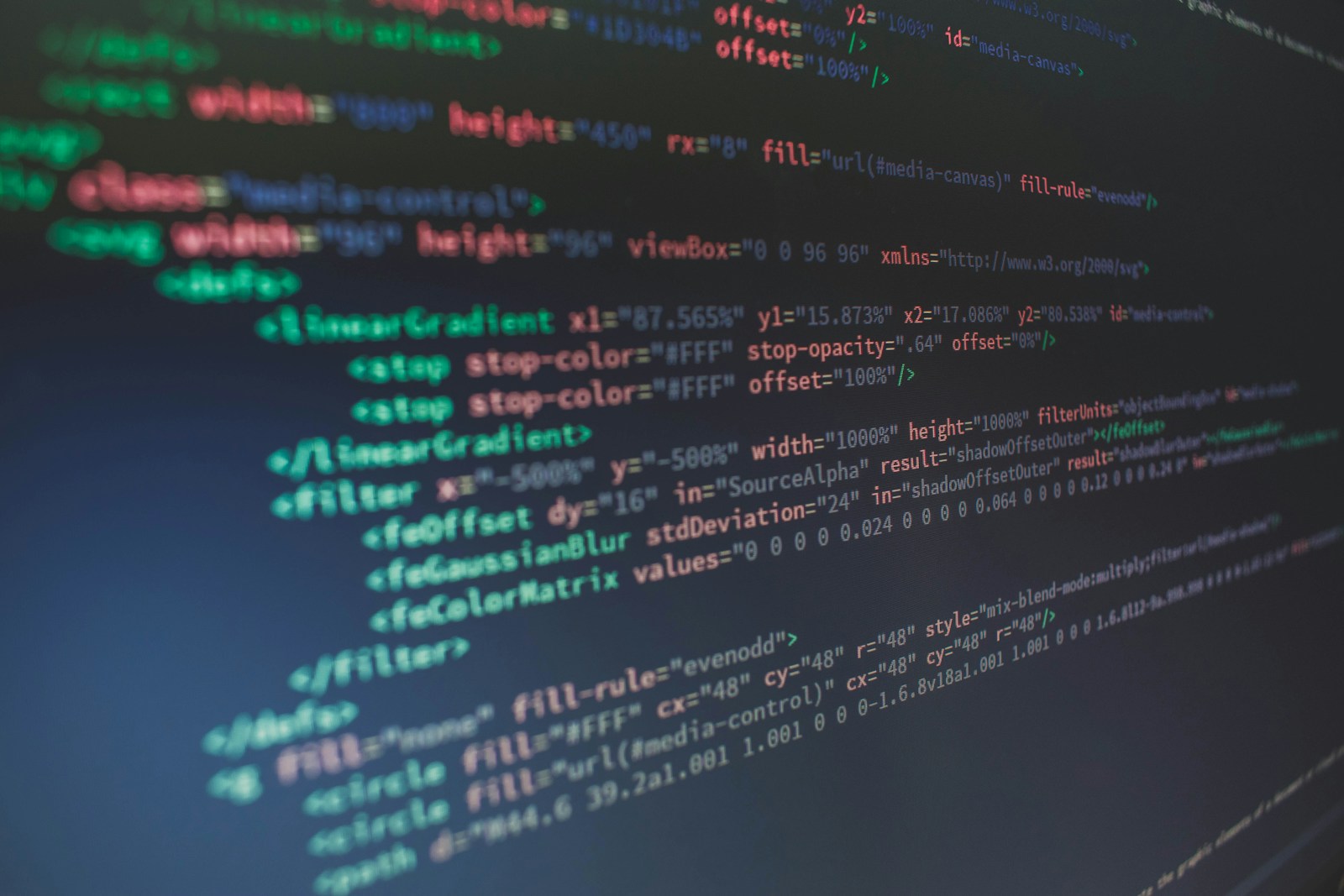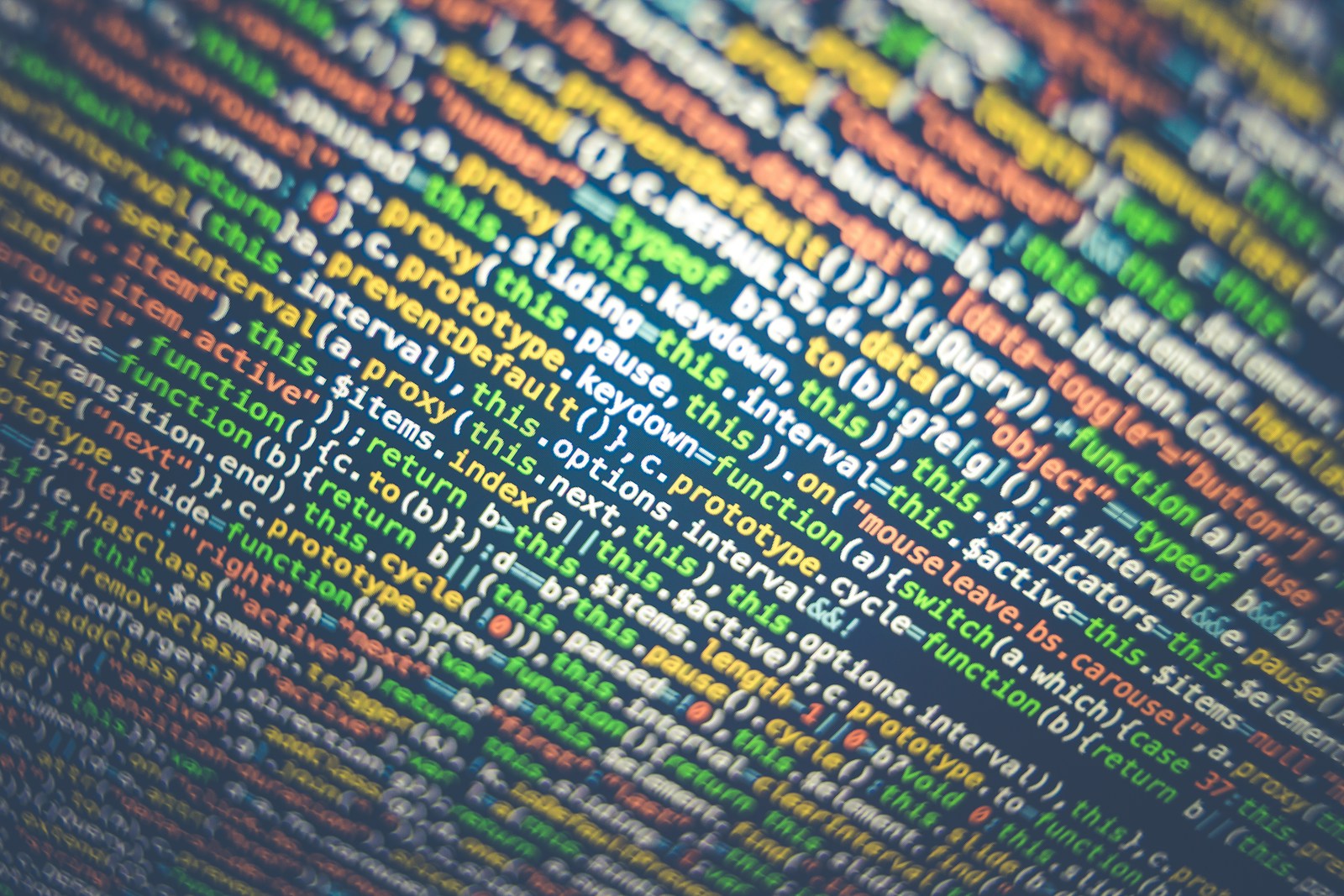Category: Quant Trading
-

Understanding Conditional Risk-Neutral PDEs in Portfolio Management
In the ever-evolving landscape of finance, effective risk management is paramount for investors and portfolio managers. A recent advancement in this field is the introduction of a closed-form formula for the conditional probability of a portfolio, which is based on optimal common drivers. This innovative approach leverages Gaussian copulas to model joint distributions, leading to…
-

The Impact of Social Media on Cryptocurrency Trading: Analyzing Twitter’s Influence
In the rapidly evolving world of cryptocurrency, the ability to predict price movements is crucial for traders seeking to maximize… You must be Subscribed to view this content. Click Here to Subscribe
-

Transforming Portfolio Optimization for the Indian Stock Market with Advanced Models
Portfolio optimization is critical for achieving superior returns in India’s dynamic stock market. Leveraging advanced statistical models like Generalized Additive… You must be Subscribed to view this content. Click Here to Subscribe
-

Companies/Stocks on our Radar December 2024
This is not any kind of Buy or Sell recommendation. The list is based on our research on AI/ML Algo… You must be Subscribed to view this content. Click Here to Subscribe




